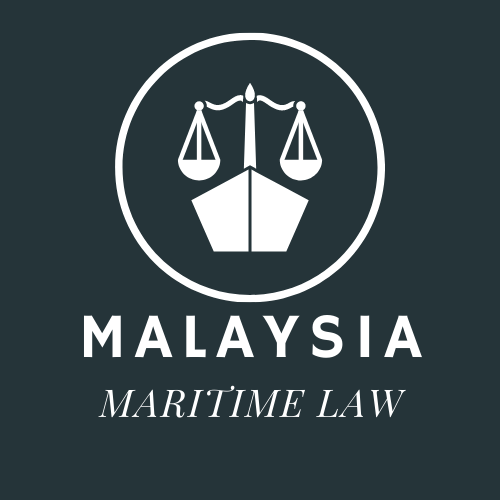Concept of the EEZ
1. Evolution of the concept of the EEZ
In the late 1940s and early 1950s, a desire to protect the rich waters of the Humboldt Current from foreign fishers led Peru, Chile and Ecuador to claim sovereignty 200 miles offshore. When other Latin American states began to support their claim, various instruments adopted by these states incorporated the idea. Examples are the Santiago Declaration of 1952 and the Montevideo and Lima Declarations of 1970.
The idea of sovereignty over coastal-area resources continued to receive widespread support as it would give coastal states sovereign rights over fisheries resources over a vast area, and the richest area, of the high seas.
Indeed, by the time UNCLOS III got underway, long-utilised fishing grounds had begun to show signs of depletion. Long-distance ships with long fishing nets were fishing in waters claimed traditionally by local fishers. As competition increased, so did conflict among coastal states for the fisheries resources off their coasts. According to a report by the UN Office of Legal Affairs, between 1974 and 1979 alone there were some 20 disputes over cod, anchovies, tuna and other species between, for example, the UK and Iceland, Morocco and Spain, and the USA and Peru.
Therefore, during UNCLOS III the establishment of an exclusive economic zone had been a major objective of most developing, smaller and weaker coastal states, driven by a desire to control the fish harvest in adjacent waters. Indeed, the 1958 Convention on Fishing and Conservation of the Living Resources of the High Seas had recognised the special interest of coastal states in the conservation and management of fisheries in adjacent waters. It had allowed coastal states to take ‘unilateral measures’ for conservation in what until then had been the high seas adjacent to their territorial waters. But the 1958 Convention did not stipulate a detailed procedure for conserving and sharing the fisheries resources of such waters. Accordingly, it was necessary to develop a regime for this purpose in the new 1982 Convention on the Law of the Sea, and the notion of an EEZ offered this opportunity.
2. Summary and conclusions
In addition to competition and disputes related to fisheries resources, there were other resource-related reasons for the establishment of the EEZ, such as a desire to claim offshore oil deposits. UNCLOS III was launched shortly after the October 1973 Arab–Israeli war.
The subsequent oil embargo by the Arab states and consequent skyrocketing oil prices only helped to heighten coastal states’ desire to control offshore oil reserves.
This was also a time when discoveries of huge deposits of offshore oil and gas were taking place, prompting coastal states to protect as many gas and oil fields as possible for themselves. It was an era dominated by exciting economic developments in the seas, further fuelled by the prospect of exploitation and exploration of natural resources in the seas and oceans. Consequently, UNCLOS III agreed that coastal states would have exclusive rights over the resources of a 200-mile area of the sea measured from their baselines. Articles 55–75 of Part V of the 1982 Convention on the Law of the Sea provide a comprehensive regime of the EEZ.
- For further enquiries or clarification, kindly contact us.

